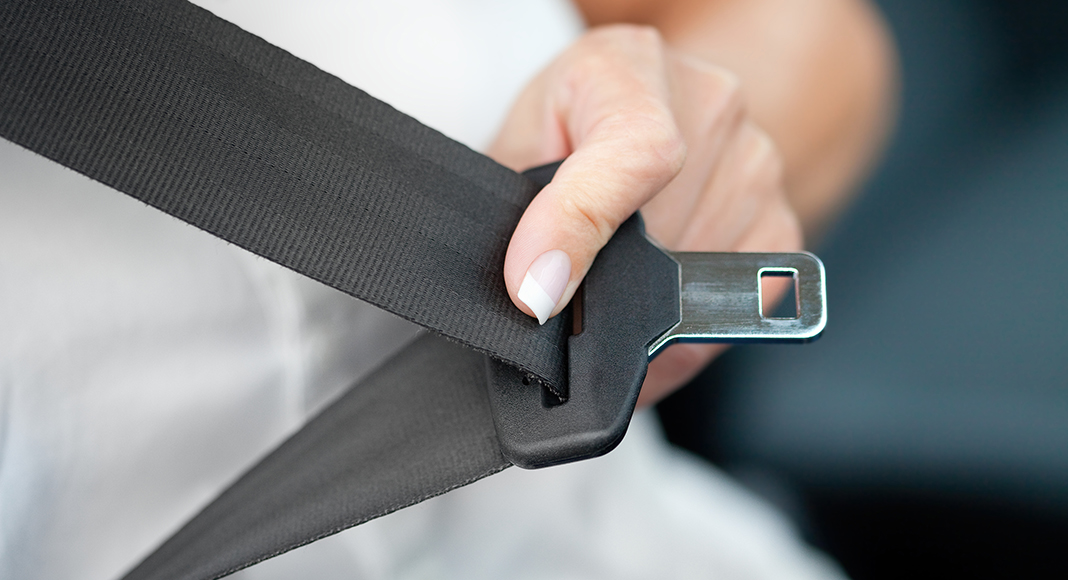An analysis of provisional statistics from 2021 shows that 27% of drivers and passengers killed in road traffic collisions on Irish roads were not wearing a seat belt at the time of the crash.
Now, the Road Safety Authority (RSA) and An Garda SĂochĂĄna are urging drivers and passengers to always wear a seat belt on every journey.
âIf you are over 17, you are legally responsible for wearing your seat belt in a vehicle,â said Minister of State in the Department of Transport, Hildegarde Naughton TD. âWhile a seat belt wonât prevent a crash, it could save your life if you are involved in a collision. This should be reason enough to wear one. No matter how long or short your journey, always wear a seat belt because as we have heard all too often from survivors of collisions – all it takes is a split second for a crash to happen.â
Separately, results of new attitudinal research of driversâ attitudes and behaviour have also been released by the RSA. These results showed that, while 96 percent of motorists say they always use a seat belt as a driver, this figure drops to 83 percent when people are travelling in the back seat of a car.
âSeat belts are proven life savers and putting one on before starting a journey is second nature for most of us,â said Sam Waide, CEO of the RSA. âUnfortunately, the collision data and our recent attitudinal study shows that there are some who take huge risks by not wearing one. I am concerned that only 83 percent of rear seat passengers tell us they always use a seat belt.
âNot being restrained in the back seat of a car means that in the event of a collision, you will be thrown around the vehicle at extremely high force, risking serious injury to both yourself and others in the car. Failing to put on your seat belt doesnât just increase the likelihood of you being killed or seriously injured, itâs a potential killer behaviour. I would argue that not wearing a seat belt is not just dangerous but selfish too. I would ask drivers to always ensure that they and their passengers are wearing their seatbelt before starting a journey.â
Wearing a seat belt reduces the risk of death among drivers and front seat passengers by half, and the risk of death and serious injuries among rear seat occupants by a quarter.



















